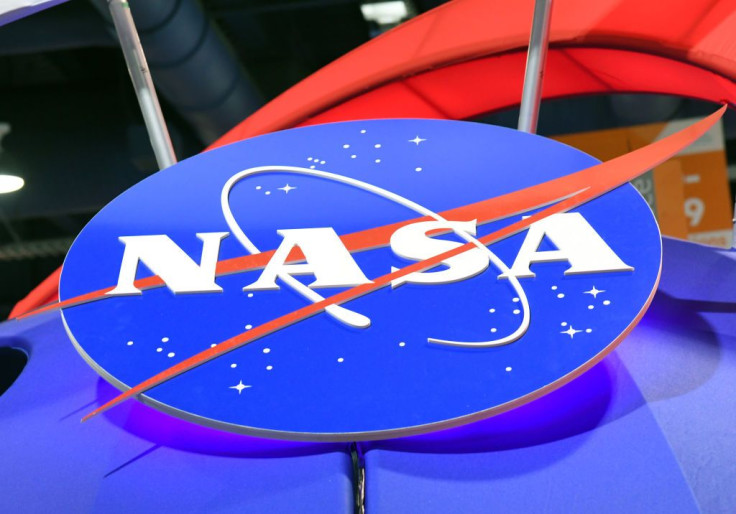NASA New Year's Flyby: How To Watch New Horizons Spacecraft Explore Distant World

NASA's New Horizons spacecraft is set to make a historic flyby of a distant world that has never been explored before, and you can watch it all happen on NASA TV or Youtube.
On New Year's Eve, NASA's New Horizons probe will be flying by the planetesimal target designated 2014 MU69 in the Kuiper belt far beyond Neptune. It has also been dubbed "Ultima Thule," a Latin phrase meaning "a place beyond the known world." Located 4.1 billion miles away from Earth, the Ultima would be the most distant, pristine and primordial object ever explored during a spacecraft flyby, according to Science Daily.
For the historic event, the New Horizons mission team have gathered at the John Hopkins University’s Applied Physics Laboratory in Laurel, Maryland to observe the probe's progress from the facility's mission operations center. Mission scientists will be providing updates on the New Horizons' location and findings in press conferences, and the team will show what happens behind the scenes in live streams. They did the same during the 2015 Pluto flyby of the New Horizons spacecraft.
Fortunately, people from around the world can also witness this historic event together with the New Horizons mission team. NASA administrator Jim Bridenstine recently posted on Twitter that the flyby and accompanying press conferences will be aired on NASA TV. They will also be posting regular updates on the mission through the space agency's social media pages. John Hopkins, meanwhile, said they will be live streaming the event on their Youtube channel.
Prior to Bridenstine's announcement, the chances of the record-breaking event being shown to the public had not been high. NASA had been one of the federal agencies affected by the ongoing partial government shutdown, so the agency's "nonessential employees," including the public affairs team, had been given a leave.
New Horizons mission principal investigator Alan Stern previously told The Verge that despite all that they have achieved, the government shutdown had been one of the things they had no solution for.
“It’s ironic: NASA is doing the farthest exploration in its history and they got their hands tied behind their back by being caught in the government shutdown,” he said. “We have malfunction procedures for almost everything, but we didn’t think of a malfunction procedure for the government shutting down during the flyby.”
With regard to the timeline of the flyby, the event is expected to kick off with a press briefing at 2 p.m. EST. The actual Ultima Thule flyby will happen on Jan. 1 at 12:33 a.m. EST. However, the mission's success will not be guaranteed during that time as it takes six hours for the New Horizons to send back signals to Earth. The mission team will likely receive confirmation that the probe has zoomed past Ultima Thule between 9:45 a.m. and 10:45 a.m. EST.
The mission team will then show the images taken by the spacecraft before the flyby after receiving the signal. However, the first high-resolution images of the space rock won't be available until Jan. 2.
There will be more data and images coming in the next several months after the actual event. New Horizons will reportedly spend up to 20 months downlinking all of the data it gathered during the historic flyby of Ultima Thule.
© Copyright IBTimes 2024. All rights reserved.





















